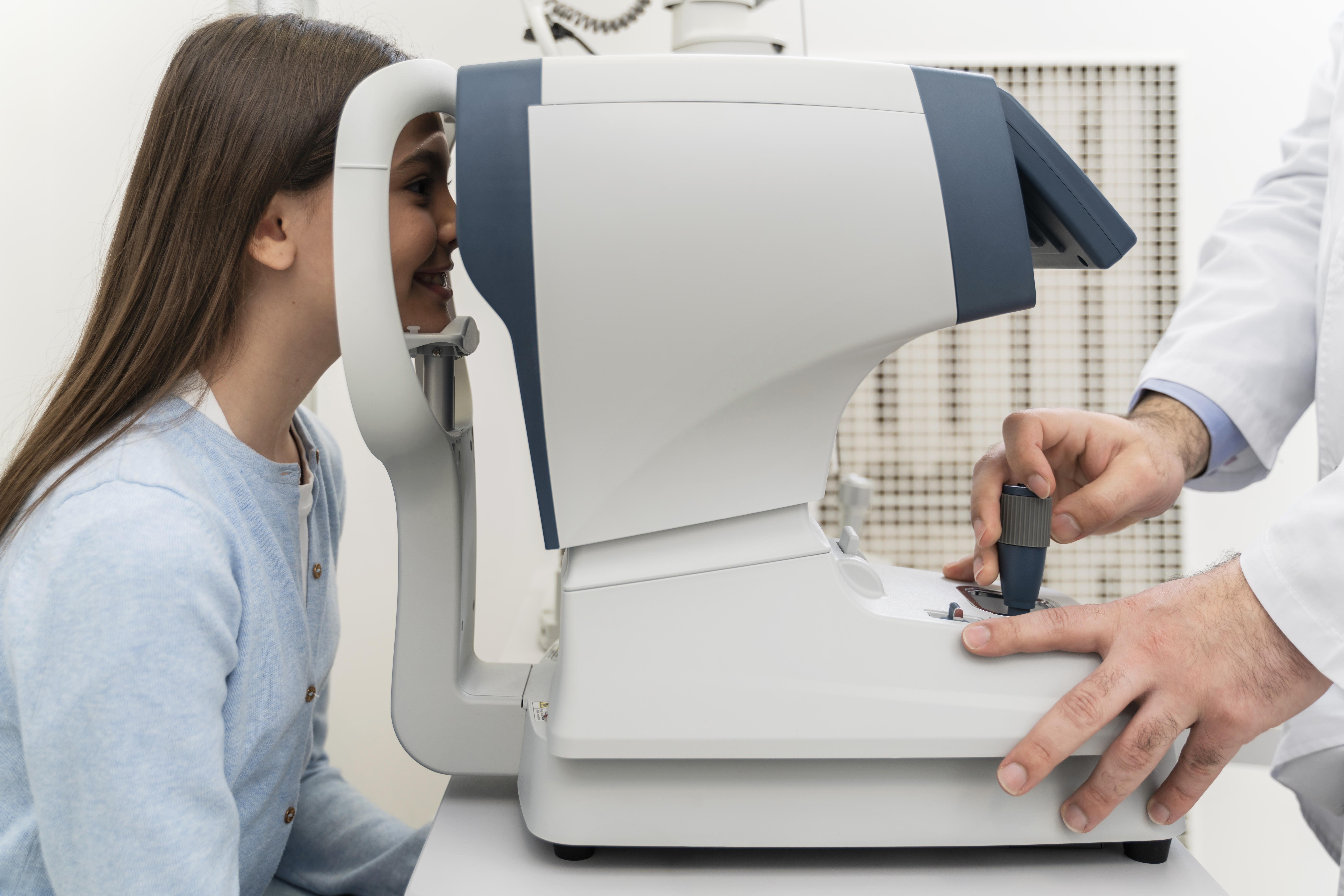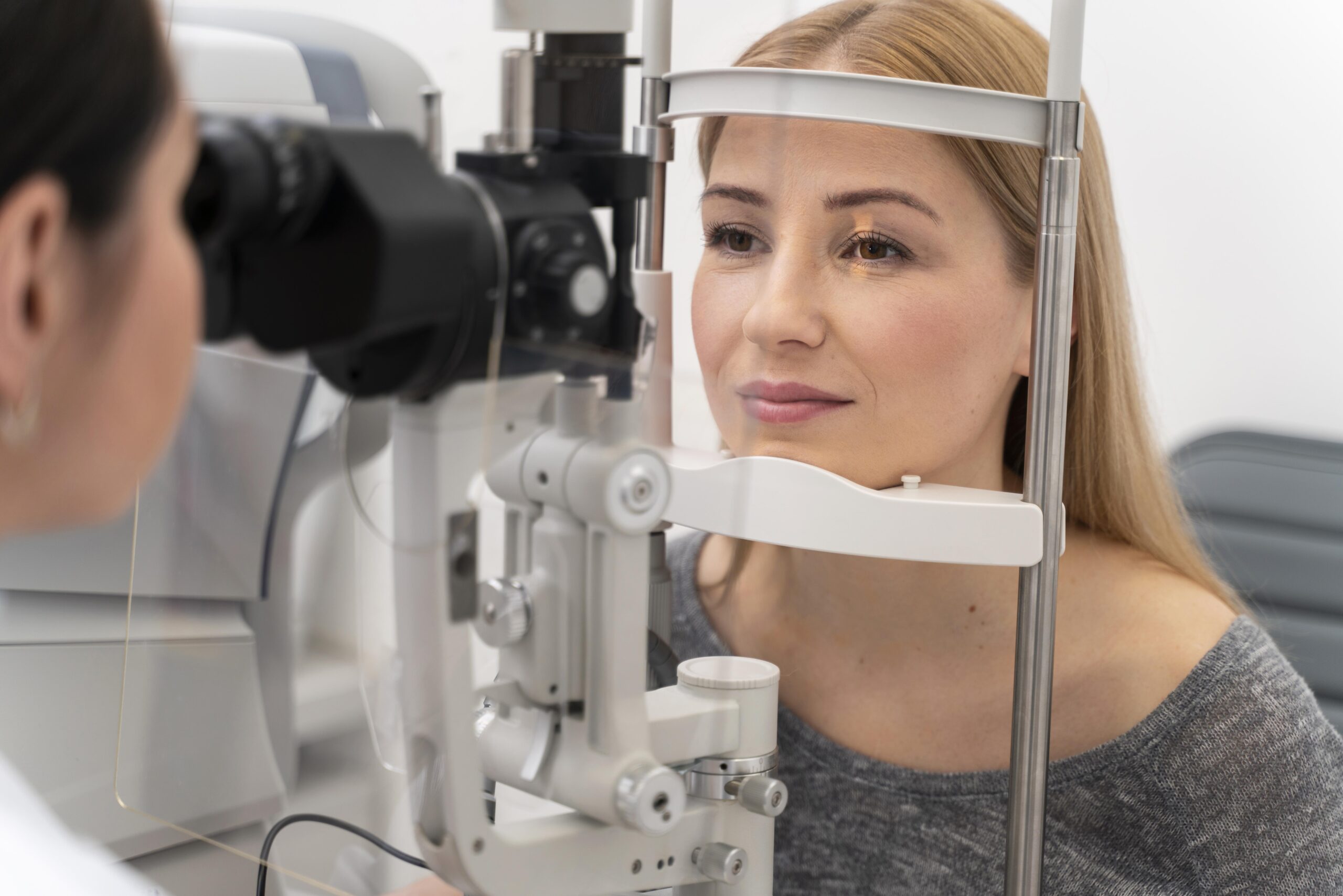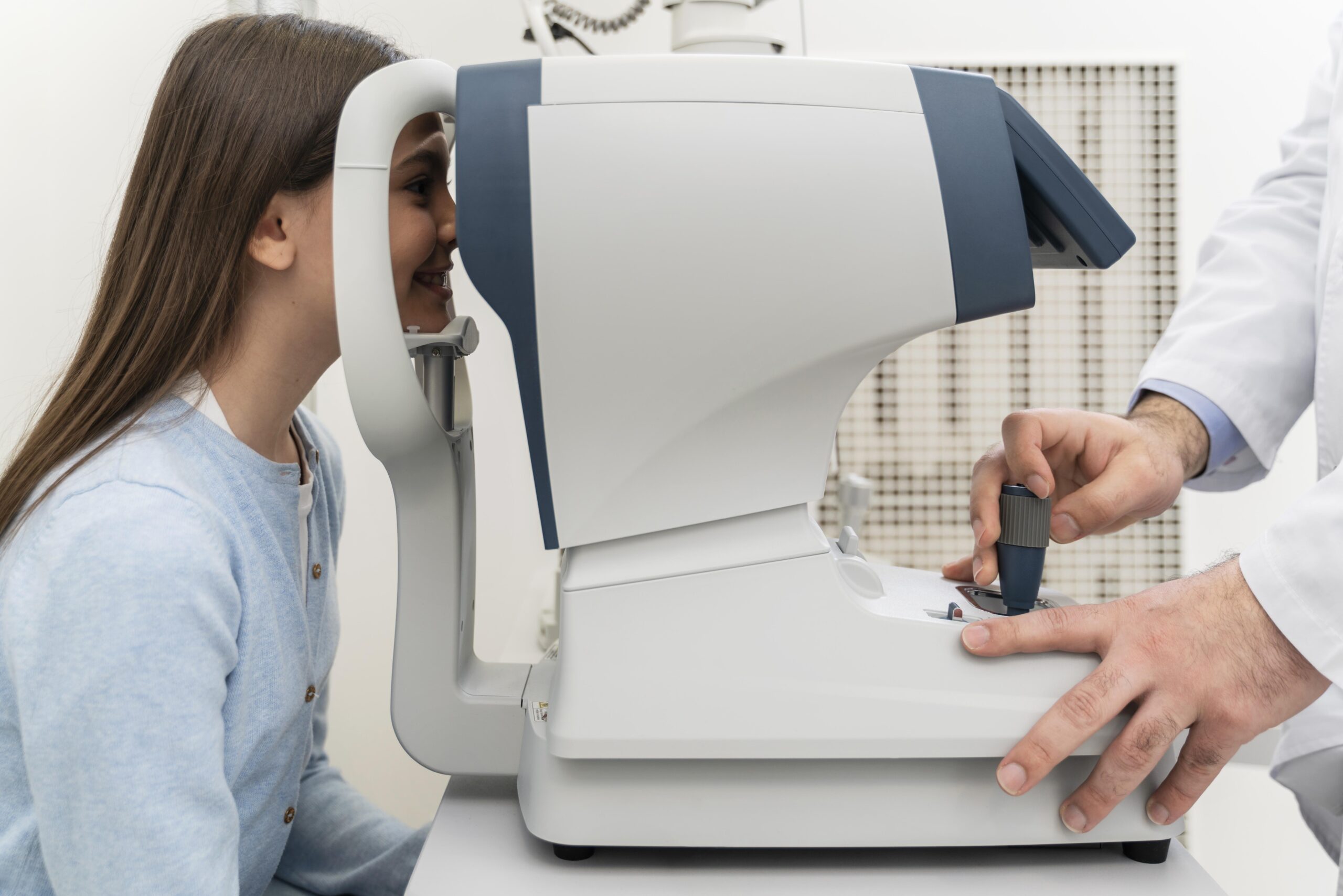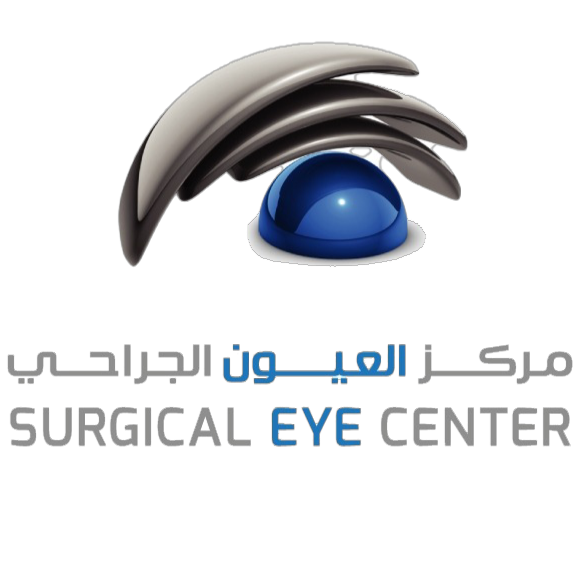Treatment Solutions
The eye surgical center specializes in many advanced surgeries and covers the majority of eye operations through our center in the city of Aqaba, south of Jordan. Among the surgeries that take place in the eye surgical center, for example, but not limited to:
CATARACT SURGERY:
The cataract operation is considered one of the most common operations in ophthalmology.
Therefore, the center has adopted the latest technology and the best in the world in terms of surgical equipment and assistive devices to carry out operations using PHACO technology and by a group of skilled consultants in Phacoemulsification operations who have extensive experience and are well versed in the latest trends. The technique in cataract treatment, which aims to provide surgical intervention through a modern 10-minute operation with local anesthesia that does not require complex, painless surgery, and the center uses the best types of international (American) lenses in order to achieve the best vison Quality.

The cataract operation is the process of removing the lens of the eye and replacing it with an artificial lens. Usually the original lens of the eye is transparent and clean, but because of the cataract it becomes opaque, which negatively affects the vision and causes blurring, blurred vision, scattering of light, and blurred vision.Usually the cataract operation is not performed unless the cataract has a negative effect on the vision or the ability to reach to treat the back parts of the eye.The patient can perform a self-assessment of the level of susceptibility to the cataract:
1- Is it possible to perform daily work safely or drive safely?
2- Is there a problem with reading or watching TV?
3- Is there a problem with shopping, cooking, going up or down the stairs?
4- Does poor eyesight affect your independence and become dependent on others?
5- Does scattering of light affect your ability to see?
The process of cataract removal is performed under Topical anesthesia in most cases, which is a quick process and the patient can feel the difference immediately after the end of the operation. In cataract operations, several types of lenses are used that treat refractive errors in vision. Therefore, the patient must share information with the doctor about his daily and practical life until The doctor can choose the lens that matches the daily need of the patient
The cataract surgery by Phacoemulsification technique is the latest trend in ophthalmology in the world, which falls under day case operations that do not require hospitalization.

Cross linking CXL:
As a result of a weakening of the stiffness of the cornea due to the lack and weakness of the corneal collagen bonds, it leads to an increase in its convexity and consequently an increase in grades and poor vision and causing the so-called keratoconus cornea.

It is considered one of the safe operations that does not require surgical intervention and is performed on the cornea by injecting riboflavin and shedding ultraviolet rays to strengthen the collagen bonds to achieve stability of the cornea and prevent its increase in curvature. The operation takes place in a maximum of 20 minutes per eye, and the patient can return to his normal life within 7 days.


ICL: implantable Collamer lens:
One of the types of vision correction operations that are done to treat myopia and astigmatism,
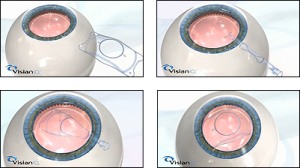

Penetrating Keratoplasty( PK / PKP):
The Surgical Eye Center provides a group of elite consultants in Jordan in subspecialties of eyes.

In most cases, the corneal transplant is performed in a safe surgical environment under local anesthesia, and the Surgical Eye Center is distinguished for providing this type of surgery as the first center specialized in corneal transplantation in southern Jordan.
A process through which a cornea is transplanted without defects, in order to improve visual acuity. Corneal transplant operations are characterized by that they last from 10-20 years, depending on their type, and some statistics indicate that they last twice as long.
One of the advantages of this process is that the patient can return to work within 1-2 weeks, and he must avoid lifting weights and weights for a period of no less than 4 weeks.
Type of surgeries:
- PKP – Penetrating Keratoplasty, to transplant a whole cornea from donner.
- DALK: to transplant the upper layer of cornea from donner to recipient.
- DSEAK/ DMEK: to transplant lower layer of cornea to recipient

INTRA VITREAL INJECTION:
The procedure is done with expertise, meticulously using the best equipment available.
- Wet Age Related Macular Degeneration (AMD)
- Diabetic retinopathy
- Retinal vein blockages

Lacrimal System operations:
the tears are secreted by glands, then disseminated over the external surface of the eye and the remaining fluid is excreted into the nose.
Surgical Eye center afford most of lacrimal system operation such as:
- Probing & syringing with & without silicon plugs.
- Mini Monoka tube’s insertion.
- DCR ( Dacryocystorhinostomy).
- Others.

Squint surgery:
Squint or strabismus surgery is performed on extraocular muscles to correct eye misalignment.
Symptoms of a squint can easily be observed. One of the patient’s eyes might turn outwards, inwards, downwards, or upwards, while the other eye looks forward. However, it is important to note that not all squints are constant—there might be instances when the eyes look normal. Minor squints are not obvious and might be misdiagnosed as another condition.
Aside from its effect on an individual’s appearance, a squint can also cause blurred or double vision. If left untreated, the patient can eventually develop amblyopia or lazy eye. Also, the vision in one eye will not develop properly, and as a result, the individual will rely more on the good eye and the brain will ignore signals coming from the eye with the squint.
It is best to have a child’s vision checked regularly. Newborn babies will occasionally cross their eyes when they are tired, but this is not normal for babies older than three months.
Some individuals are born with congenital squints, but there are also some other cases when the individual acquires the condition later in life. Acquired squints often develop when the affected eye is trying to overcome refractive errors, including myopia (short-sightedness), hyperopia (long-sightedness), and astigmatism (where the cornea is unevenly curved, resulting in blurred vision).
Childhood illnesses like measles, genetic conditions such as cerebral palsy and Down’s syndrome, hydrocephalus, and other conditions affecting the eye muscles or the retina can also result to a squint.
Squint surgery is not the first type of treatment recommended to patients. Individuals diagnosed with the condition are often given prescription glasses, which should be constantly worn to correct refractive errors. Eye exercises can also be provided to help the eyes work together.


PPV: PARA PLANA VITRECTOMY:
The Eye Surgical Center offers a consultant specialist in the treatment of PPV: PARA PLANA VITRECTOMY.
- To treat retinal detachment and help the retina attach in the normal position.
- To improve vision by removing the vitreous gel that is no longer clear, such as due to bleeding or infection.
- To remove adhesions/scar tissue that restricts the retina.
- To correct lens that has moved or treat foreign substance that has remained in the eye
- Successful retinal attachment surgery requires effective treatment of retinal breaks and relief of vitreoretinal traction.
- PPV is growing in popularity as a first-line procedure for primary RD, especially in pseudophakic patient.
- Perhaps the major benefit of PPV is the potential for an improved view of the retinal periphery, allowing increased identification of retinal breaks.
- PPV removes vitreous opacities, and allows concomitant cataract surgery or posterior capsulotomy, if necessary to further improve visualization. PPV allows for more controlled drainage of subretinal fluid.





